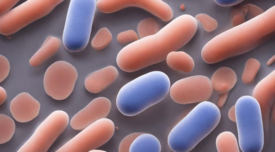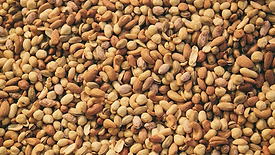Home » Keywords: » ozone
Items Tagged with 'ozone'
ARTICLES
Biocidal chemicals and other physical/chemical techniques may be used together, in a strategic manner, to achieve an overall improvement in plant hygiene
Read More
Hydroxyl Radicals for a Radical Advantage in Food Processing Hygiene: A Survey of Biocides Used by the Food Industry—Part 1
The use of hydroxyl radical air cleaners is a unique and valuable addition to the food industry's methods of minimizing pathogens in air and on surfaces
December 19, 2024
Never miss the latest news and trends driving the food safety industry
eNewsletter | Website | eMagazine
JOIN TODAY!Copyright ©2025. All Rights Reserved BNP Media.
Design, CMS, Hosting & Web Development :: ePublishing





